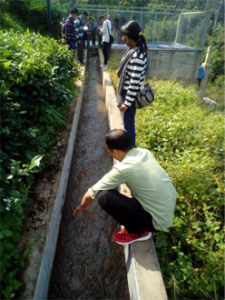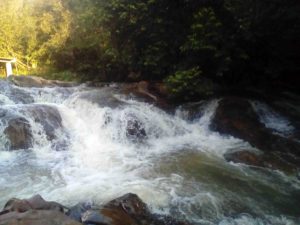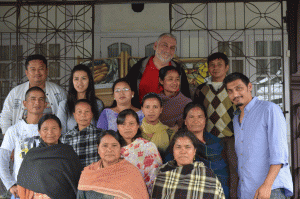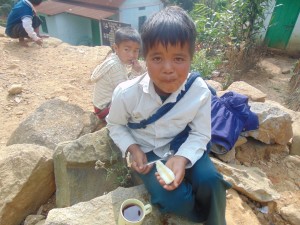In this day and age where everything we do depends on electricity, a short interruption in power can create a disturbance to be lost in a moment of darkness. In Meghalaya, people living in the remote villages are still constrained by the unstable supply of electricity and the rising cost to electrify their homes.
In October, Khweng located at Ri-Bhoi District, Meghalaya was triggered with a complete blackout for almost a month and it caused a crisis for the people living in that village. Even as the village had the solar street lights installed before the International Terra Madre 2015 in Meghalaya. The children were stranded in the darkness and had to play around with the shadows created by the solar street lights. They filled the surrounding town hill with echoes of themselves revising their course books as they prepare for their year-end exams.

Even though there are certain numbers of individual entrepreneurs in Meghalaya who have been able to tame nature to be able to harness the water energy to address their business requirements. They are none the less no different to the remote communities found around Meghalaya, who have realised the unpredictable supply of electricity and remoteness of the location they can be trapped in the bleak darkness.
It’s the ability of various private entrepreneurs such as Anderson Tea Estate in Umlun Ri-Bhoi District, Sohliya Resort or the community of Mawbhunlur of West Khasi Hills near Nongstoin. They have realised the various linkages needed by man to stay alive in today’s age of warm and comfort. They have had to adapt to the environment to viably survive and function in these remote locations.
NESFAS is trying to find solutions with the communities and is looking at the potential to create a sustainable renewable source of energy for these communities. The three-day workshop held on 16th to the 18th November 2016 on “Knowledge exchange for community: Micro Hydro Empowerment in South and South-East Asia” conducted by State Council of Science, Technology and Environment, Meghalaya. It provided an effective knowledge exchange and platform for technology, policy and local actor development for micro hydro programs to share their thoughts. The workshop was conducted within the West and East Khasi Hills of Meghalaya and focused on the use of Pico, Micro and Mini-Hydro Power for possible implementation and longevity.

Micro-Hydro Power is regarded as a small-scale renewable energy technology for electrification which is cost effective. It can empower communities in varied uses and the vibrant watersheds that sustain it. It is a mini grid technology that uses flowing water to generate electricity up to 100kW.
Representatives from NESFAS Habitat and Infrastructure Development noticed first hand with the expert practitioners from around South and South-East Asia. To increase a project sustainability there is a need for local expertise in watershed strengthening and building the capacity for community governance with the rural community to form an integration of the sustainable development goals
Water is valuable and electricity is a utility. However, the workshop presented by the practitioners highlighted Micro Hydropower was not just about the ability to generate electricity in a house, but also it creates possibilities for livelihood and improves the well-being of the family. An excess generation of power can be shared with the community or to other villages. It can add the energy to a school, surrounding houses or even support the running of a millet mill; it creates a potency, usage or a livelihood.
The various interactions at the workshop highlighted to look at it as a starter point towards options to enrich the communities by themselves; a technology as a force multiplier. The energy generated by the Micro Hydro Power creates the energy for a human engagement for emotion through integrating conservation, supplementing traditional knowledge and energy production.




